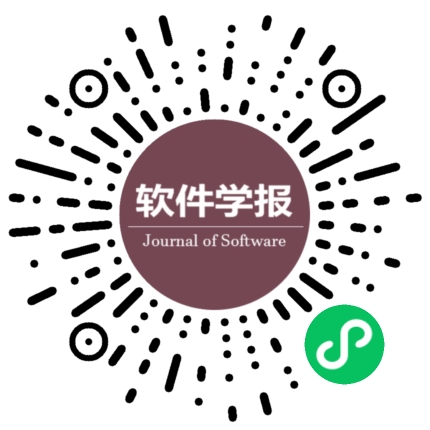基于形式化方法的区块链系统漏洞检测模型
作者:
作者单位:
作者简介:
陈锦富(1978-), 男, 博士, 教授, 博士生导师, CCF杰出会员, 主要研究领域为软件测试, 软件安全, 可信软件;冯乔伟(1998-), 男, 硕士生, CCF学生会员, 主要研究领域为软件安全测试, 区块链漏洞检测. ;蔡赛华(1990-), 男, 博士, 讲师, CCF专业会员, 主要研究领域为恶意流量检测, 异常数据检测, 软件安全测试;施登洲(1997-), 男, 硕士, 主要研究领域为软件安全测试, 区块链漏洞检测. ;Rexford Nii Ayitey SOSU(1986-), 男, 博士生, 主要研究领域区块链漏洞检测, 人工智能, 物联网, 云计算.
通讯作者:
蔡赛华, E-mail: caisaih@ujs.edu.cn
中图分类号:
基金项目:
国家重点研发计划(2020YFB1005501); 国家自然科学基金(62172194, 62202206, U1836116); 江苏省自然科学基金(BK20220515); 中国博士后科学基金(2023T160275); 江苏省自然科学基金前沿技术项目(BK20202001); 江苏省青蓝工程
Vulnerability Detection Model for Blockchain Systems Based on Formal Method
Author:
Affiliation:
Fund Project:
引用本文
陈锦富,冯乔伟,蔡赛华,施登洲,Rexford Nii Ayitey SOSU.基于形式化方法的区块链系统漏洞检测模型.软件学报,2024,35(9):4193-4217
复制相关视频
分享
文章指标
- 点击次数:
- 下载次数:
- HTML阅读次数:
历史
- 收稿日期:2023-09-11
- 最后修改日期:2023-10-30
- 录用日期:
- 在线发布日期: 2024-01-05
- 出版日期: 2024-09-06
文章二维码

您是第位访问者
版权所有:中国科学院软件研究所 京ICP备05046678号-3
地址:北京市海淀区中关村南四街4号,邮政编码:100190
电话:010-62562563 传真:010-62562533 Email:jos@iscas.ac.cn
技术支持:北京勤云科技发展有限公司
版权所有:中国科学院软件研究所 京ICP备05046678号-3
地址:北京市海淀区中关村南四街4号,邮政编码:100190
电话:010-62562563 传真:010-62562533 Email:jos@iscas.ac.cn
技术支持:北京勤云科技发展有限公司



